Tomb 47
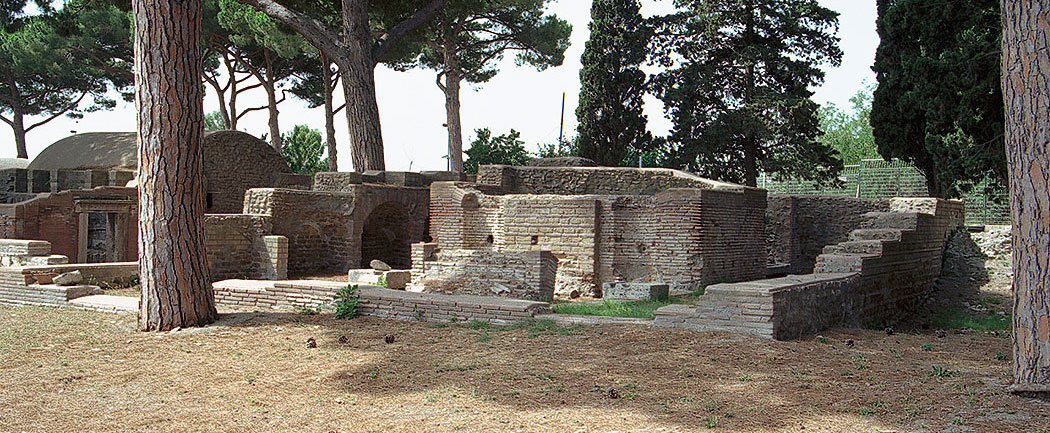
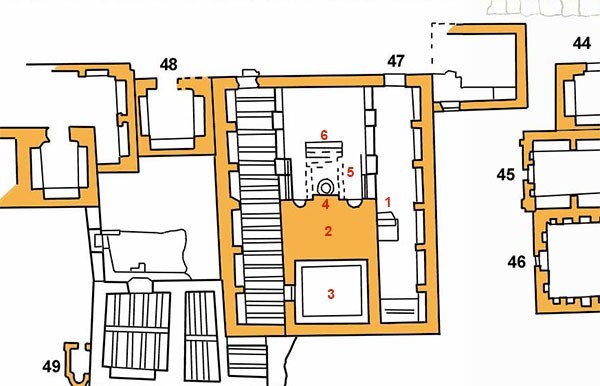
6. Marble steps for flowing water
The grave consisted of two floors, two burial chambers, a solarium in front of the upper burial chamber and a space that was hardly accessible. Because the latter room was covered inside with waterproof material, one might think of a cistern (water reservoir), connected with the fountain outside. That fountain had a central well flanked by two niches and marble steps from which water was running down. Finally the water was collected in a basin in front of the steps.
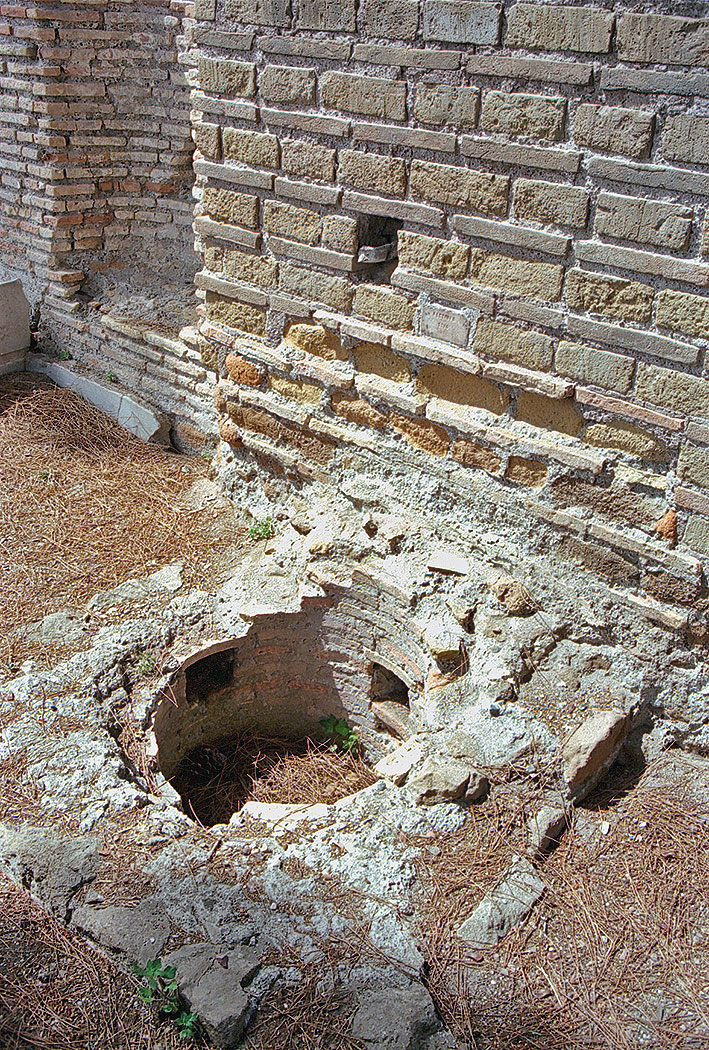
the led pipe by which the water was supplied.
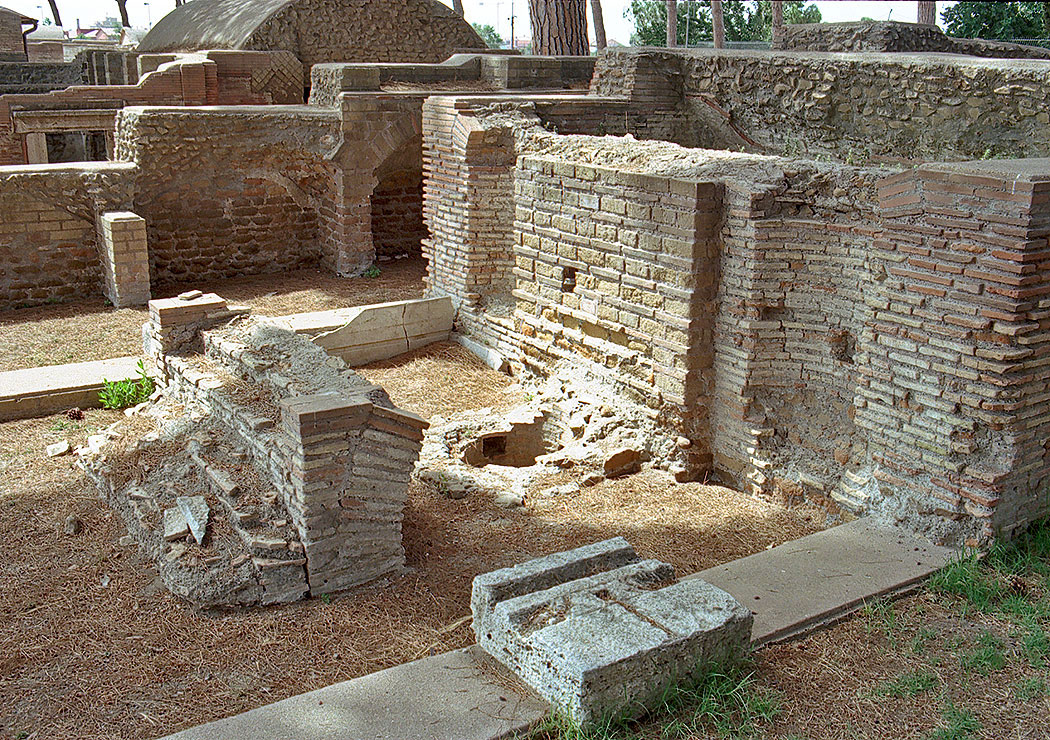
In front of the well, the remains of the large stairs.
The entrance of the lower burial chamber lies on the north side. The stairs for reaching the upper floor are located on the south side.
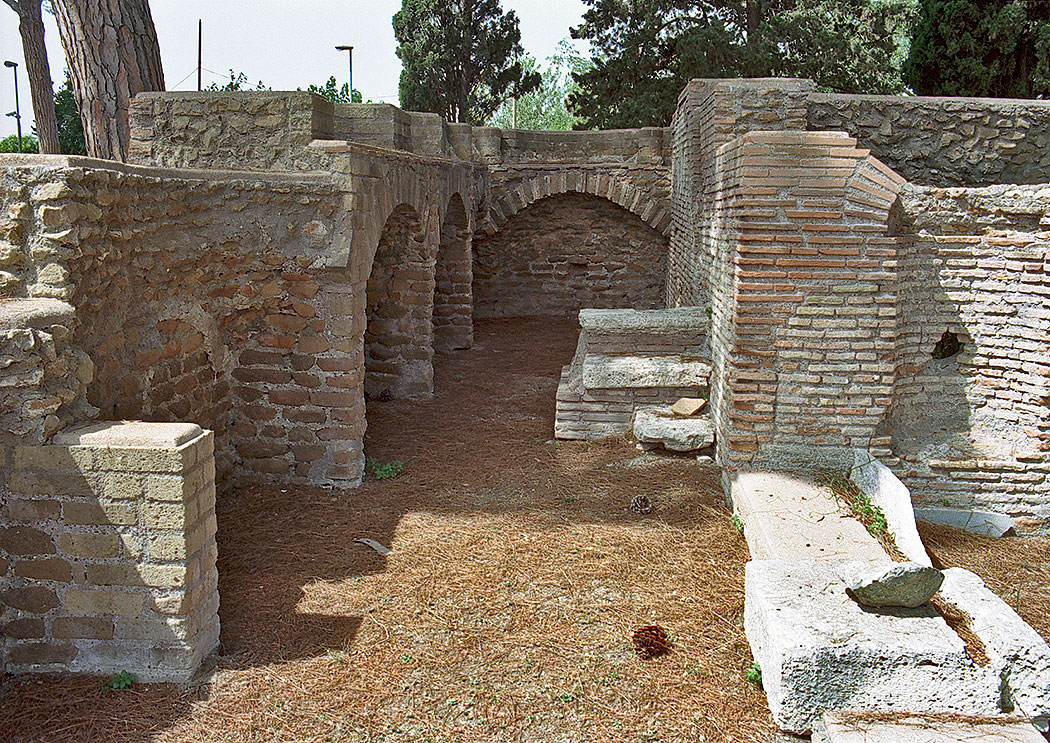
From the lower burial chamber we can hardly tell anything about the burial rites. There were probably a mosaic floor and marble sarcophagi. Investigation below the floor has brought to light several older tombs; tombs "alla cappuccina", tombs "a cassone" and amphorae. During the building of tomb 47 these graves have been spared.
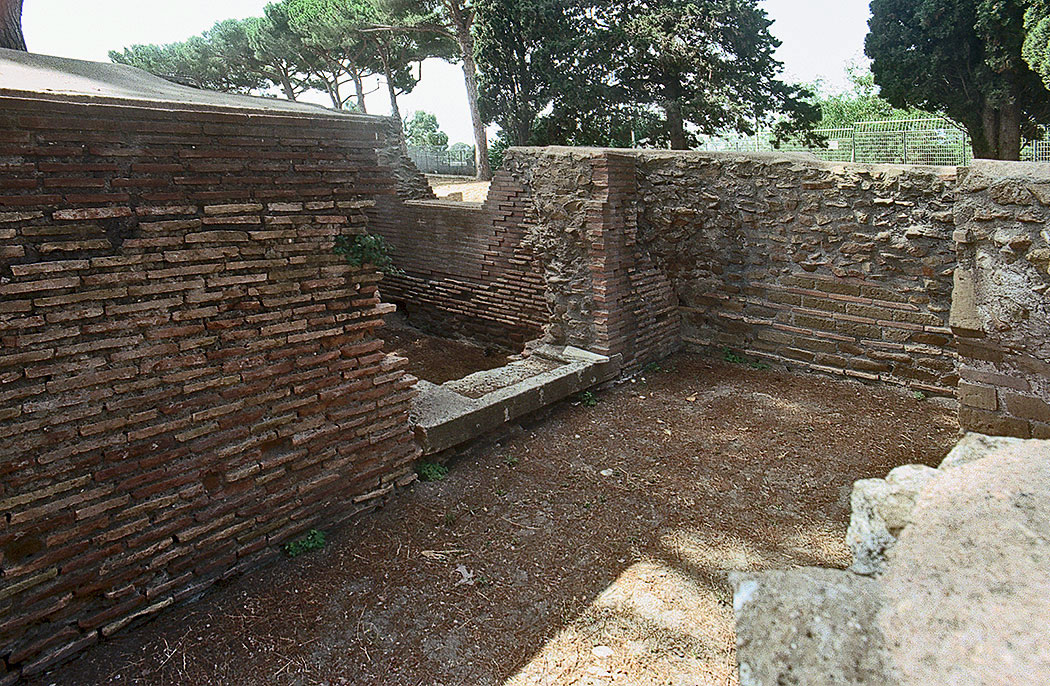
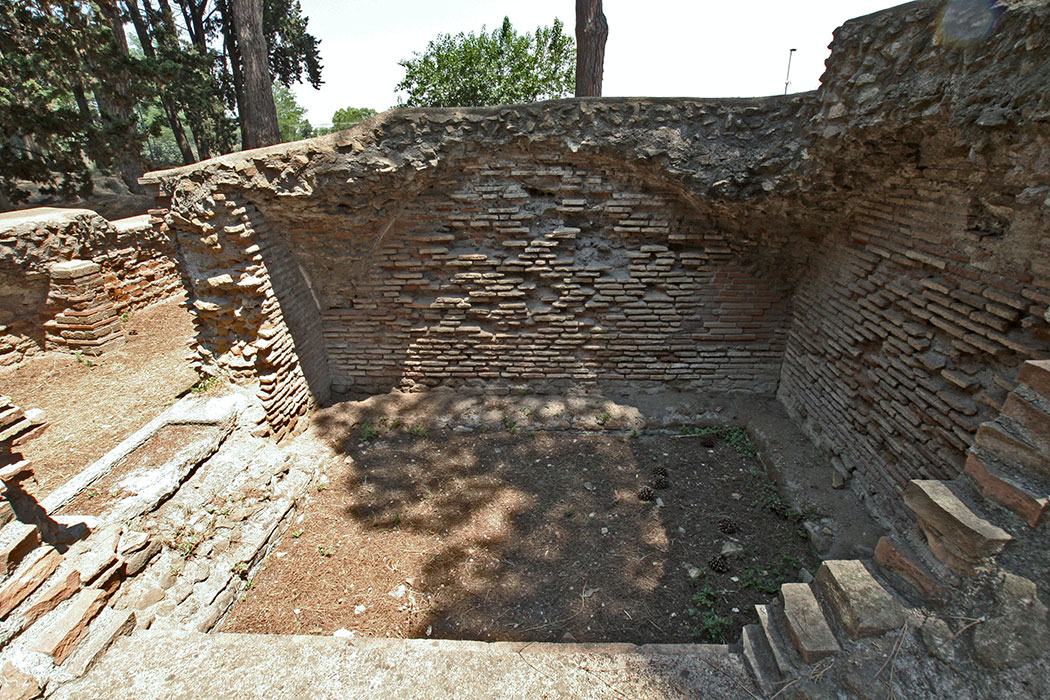
According to the construction and the plan, we can date tomb 47 to the end of the third century AD. Artifacts such as oil lamps and coins show that tomb 47 has been used at least till the late fourth century AD.
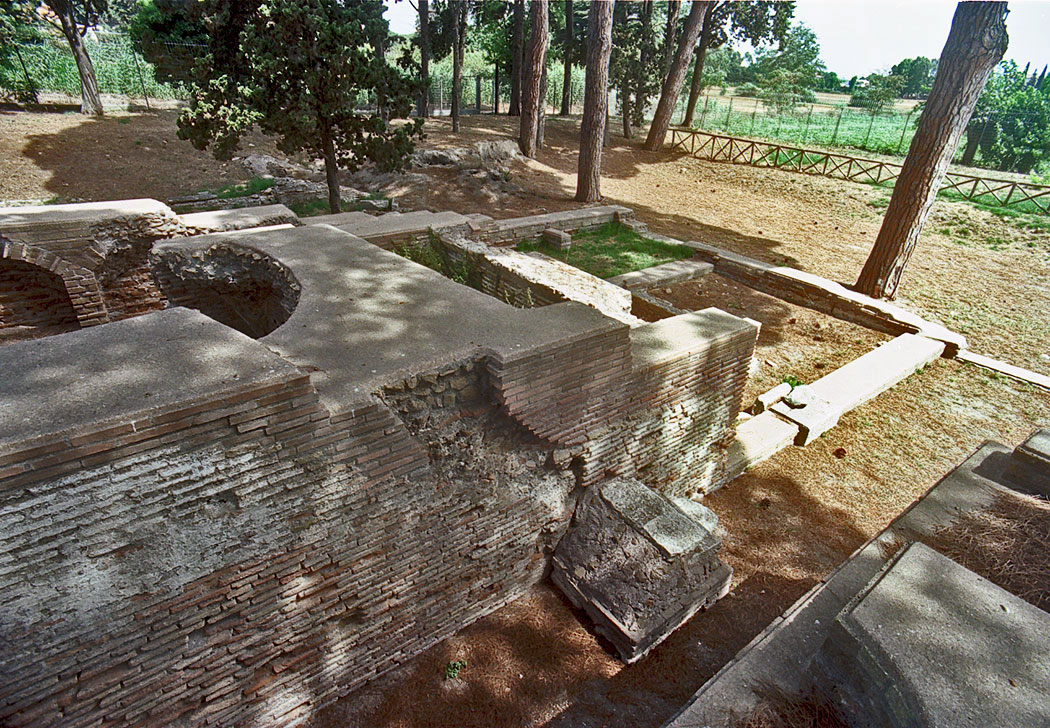
- Sources
- Russel Meigs - Roman Ostia, At the Clarendon Press 1973
- Guido Calza - Necropoli nell'Isola Sacra'(1940)
- Dr. Jan Theo Bakker.
- Hilding Thylander - Inscriptions du port d'Ostie (Lund C W K Gleerup 1952).
- Ida Baldassarre, Irene Bragantini, Chiara Morselli and Franc Taglietti - Necropoli di Porto, Isola Sacra (Roma 1996).
- Notes
- 1:The fountain described by I. Baldassarre was not recognized by G. Calza. In his first report he saw the marble stairs as a way to reach the upper floor. He mentioned, however, the discovery of a thin lead pipe for water and an ornament for pouring out water - I. Baldassarre, I. Bragantini, Ch. Morselli and and F. Taglietti: Necropoli di Porto (1996) - Guido Calza: Necropoli Nell’Isola Sacra 1940
Waardeert u ons werk?
Wordt lid van Roman Ports en ontvang het boek of doe een donatie!
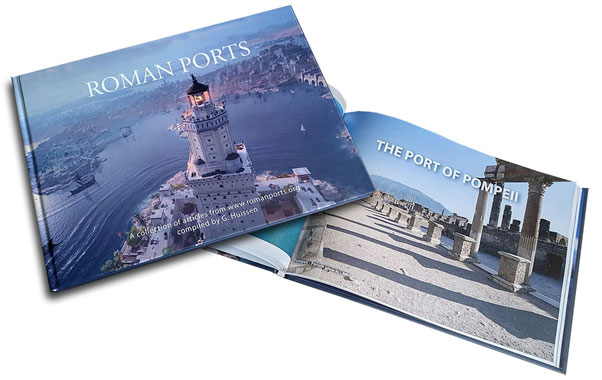 Wordt lid en steun ons
Wordt lid en steun ons
Isola Sacra Index (N)

Speciale sectie over de Romeinse begraafplaats van Portus (Engels)....
Lees meer...De teruggevonden vloot van Pisa

In 1998 werd bij toeval een ongelooflijk archeologisch erfgoed ontdekt in de buurt van het station Pisa San Rossore....
Lees meer...Leptiminus
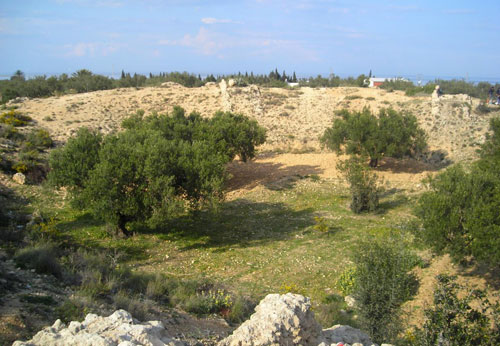
Op de plaats van het huidige Lamta aan de oostkust van Tunesië lag al in de oudheid een havenstad met de naam Leptis Minor ....
Lees meer...Romeins Zeehandelsrecht

Het Romeinse recht is het fraaiste monument dat Rome aan West-Europa heeft nagelaten....
Lees meer...Sullecthum (Salakta)

In de Sahel, in de Tunesische provincie Madhia vinden we aan zee het kleine stadje Salakta....
Lees meer...
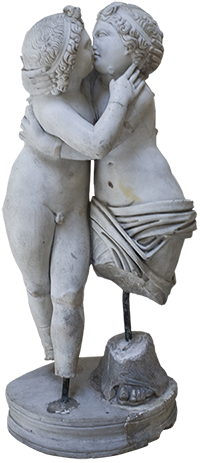 We are committed to providing versions of our articles and interviews in several languages, but our first language is English.
We are committed to providing versions of our articles and interviews in several languages, but our first language is English.